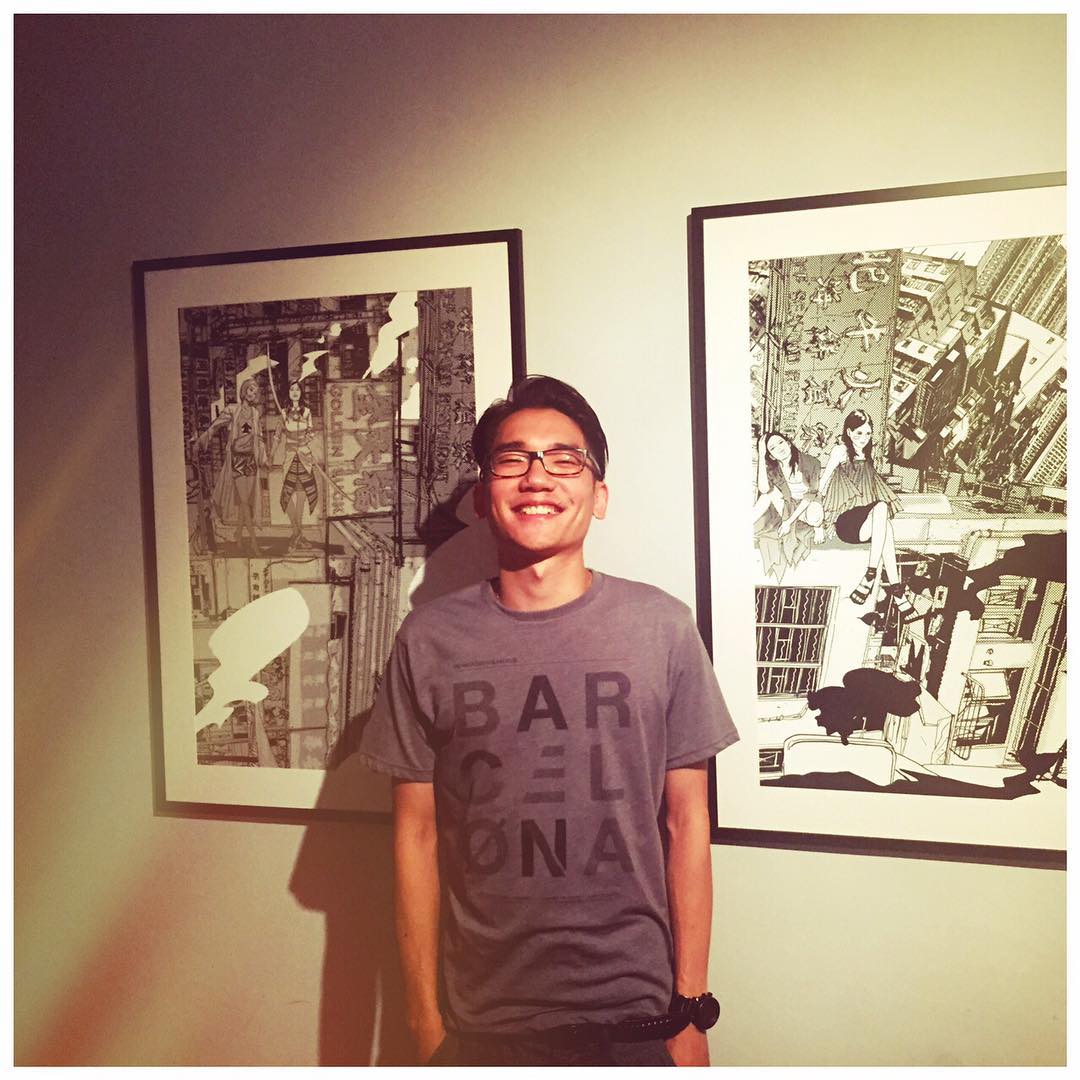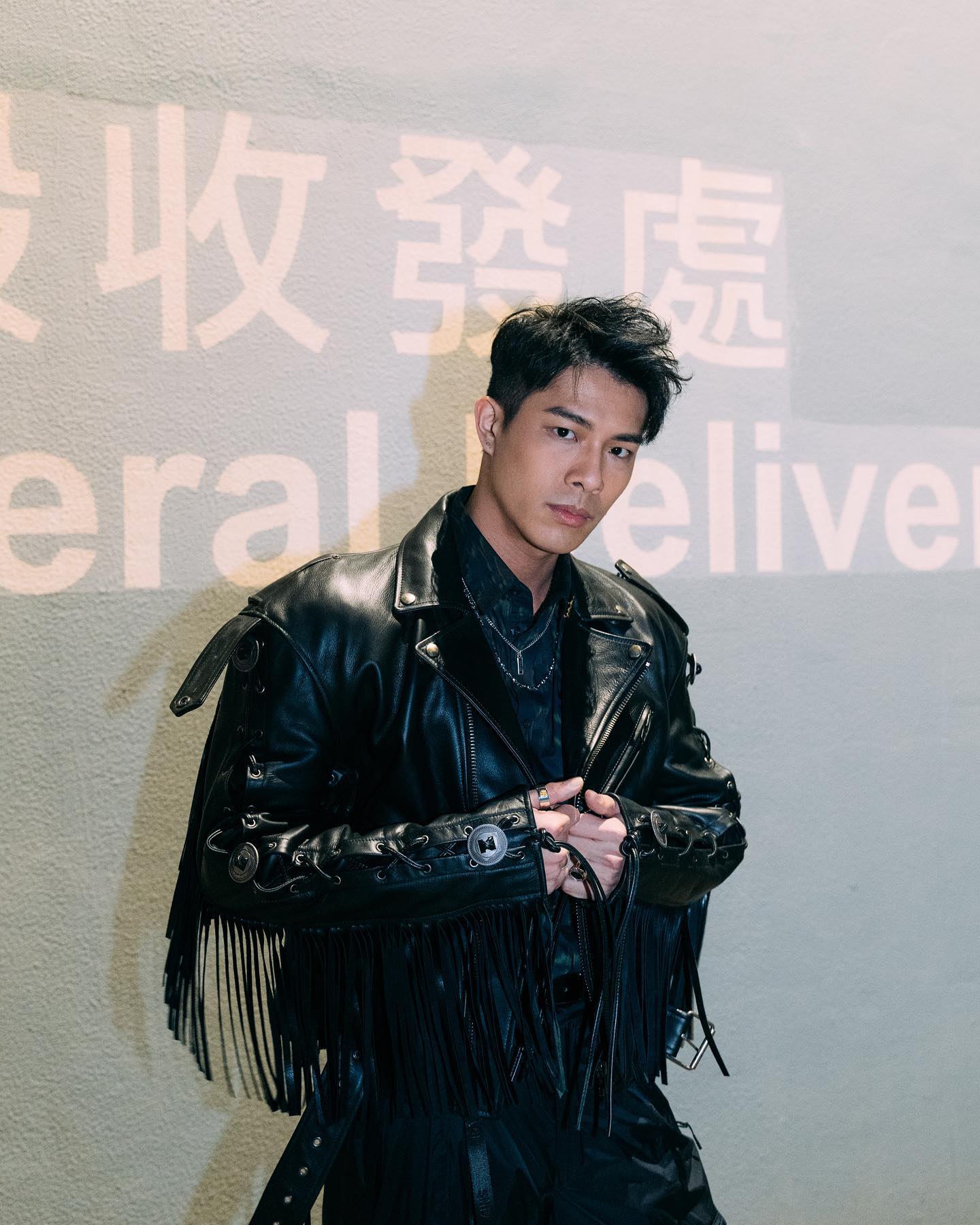David Ho checks out The Brutalist, one of the films up for Best Picture at the 2025 Oscars
With a three-and-half-hour runtime and a 15-minute intermission built in, The Brutalist seems quite an epic if brutally (pun intended) intimidating watch. Divided into an overture, two main parts and an epilogue, the film follows the life of László Tóth (Adrien Brody), a Hungarian-Jewish Holocaust survivor who emigrates to the United States.
The overture sees László escape from a concentration camp and sail into New York. The first half of the movie then follows him as he attempts to build a new life from the ground up. László unites and works with his cousin Attila (Alessandro Nivola), a small furniture store owner in Philadelphia who has assimilated by hiding his Jewish background. Though he is elated to learn that his wife and niece are still alive but stuck in Europe, László quickly finds that life stateside is not rosy either as he encounters antisemitism at many turns.
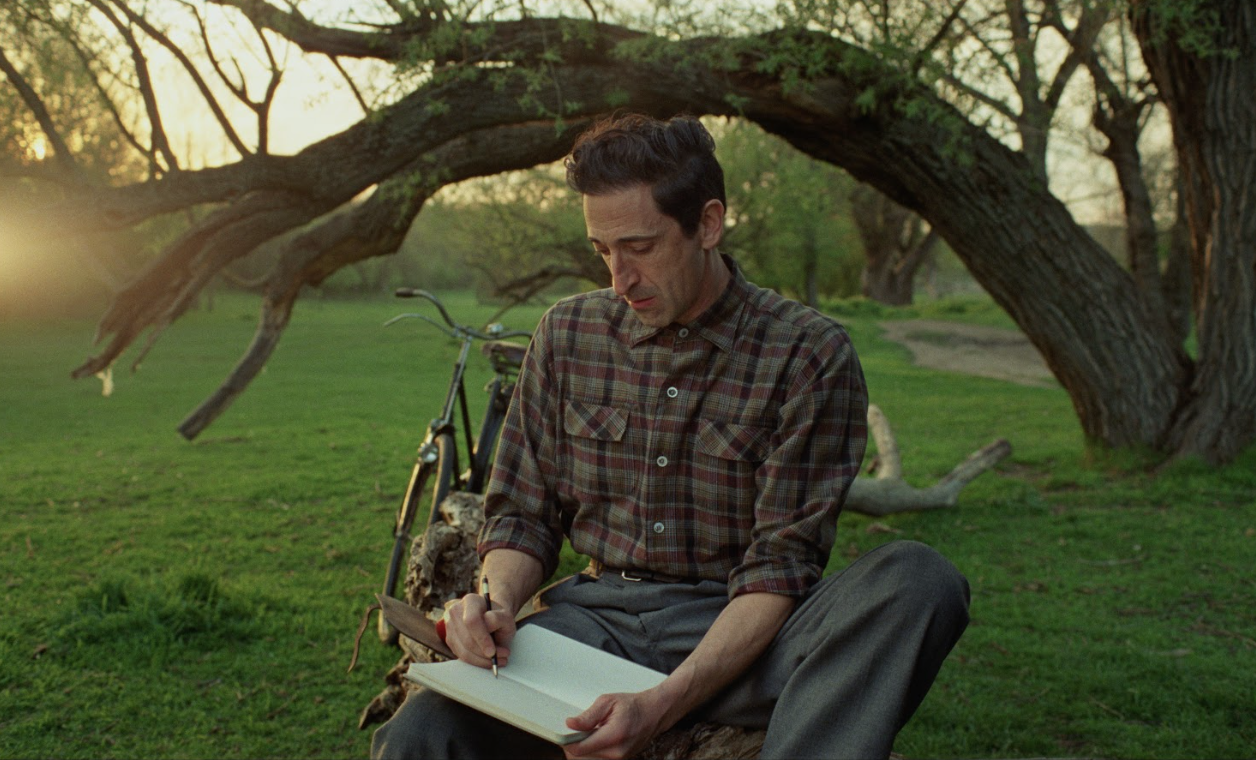
Through a stroke of luck, a wealthy client Harrison Lee Van Buren (an almost unrecognizable Guy Pearce) finds out that László is an accomplished, Bauhaus-trained architect in Europe. Harrison uses his wealth and connections to help bring László’s wife and niece over, and commissions him to design and build a grand project in tribute to Harrison’s late mother. The Van Buren Institute is an ambitious undertaking, as it is a community center that contain a library, theater, gymnasium, and a chapel to boot.
After the intermission, the second half of the film takes place in 1953, when László is finally reunited with his wife Erzsébet (Felicity Jones) and niece Zsófia (Raffey Cassidy). László’s relationships and key project – a massive piece of Brutalist architecture – are tested by many challenges and culminates in him being brutalized at the hands of someone close to him.
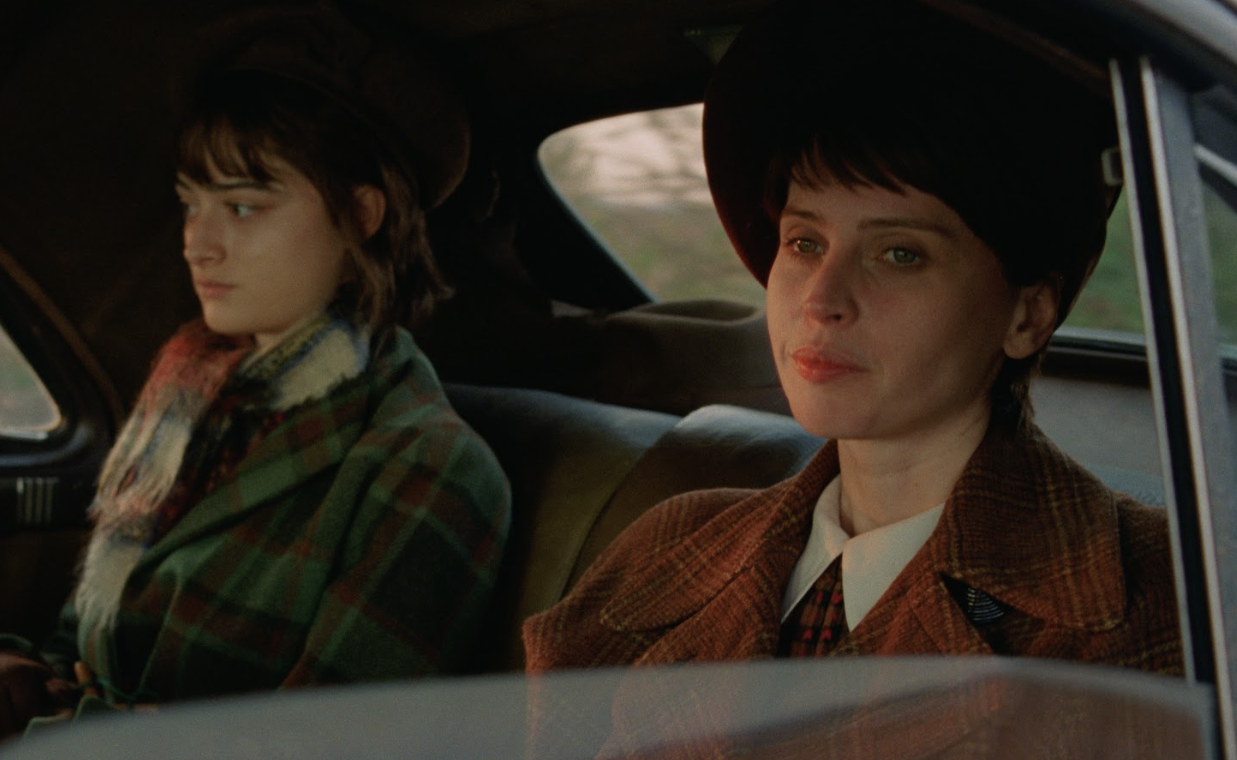
Much like the grey concrete fixture László is building, the film’s themes are often hard, cold and grim. But Brody’s performance anchors the film, as he fills László with an energetic melancholy that helps him navigate the hardships as he transcends from the horrors of fascism to the terrors of capitalism. In fact, we were pleasantly surprised at how transfixed we were, and the story never dragged despite the long runtime.
Also see: #review: Is Captain America’s Brave New World worth exploring?
Another standout here Jones as the long-suffering, but feisty Erzsébet brings new energy and perspective to the proceedings. Her tough yet tender interactions with her kin form the story’s soft center, which injects the project with much needed warmth. On paper, László and family could easily be played as paper thin avatars of Holocaust trauma, but the cast breathes life into them as truly fascinating figures, saying as much as they do through body language as they do in words.
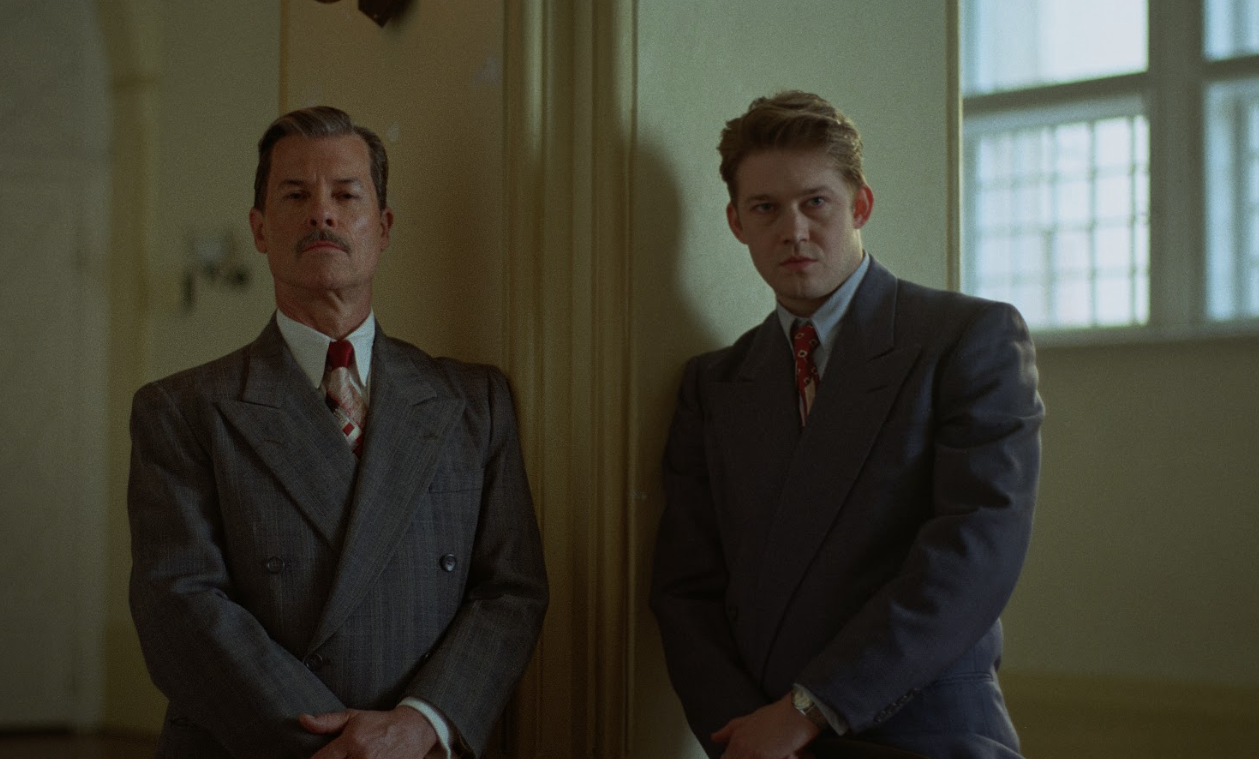
Pearce’s Harrison is also a livewire, with his industrialist character bringing J. Jonah Jameson from Spider-Man to mind and centers the tornado that sucks László in and tears him apart.
Director, producer and co-writer Brady Corbet makes sure that each frame and each exchange, no matter how mundane, never feels wasted. Even a simple shot following a train on the tracks feels strangely electrifying. Shot on 35mm film, the visuals are majestic as they grow in proportion to the dizzying ambitions unravelling in front of us. The sets and costumes are also worthy of praise, from the contrasting industrial and luxurious settings to the quietly sumptuous suits of the wealthier characters.
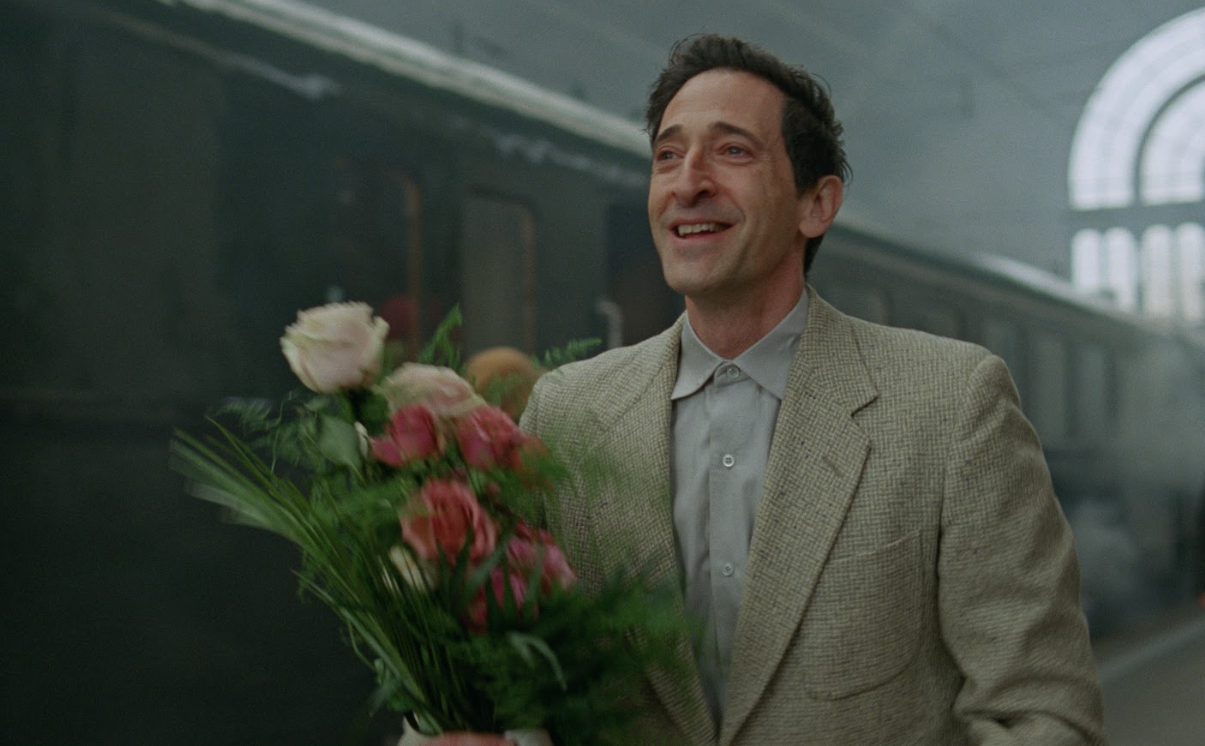
The ending of the film may leave some puzzled or unsettled, as the fate of certain characters are left ambiguous. But much like the imposing yet minimalist construction that define Brutalist architecture, this long film keeps it sparse and focused on the heart of the matter – a tale of the immigrant experience and the strength it takes for them to flourish in a savage world. It’s a story that succeeds in feeling old, yet current at the same time.
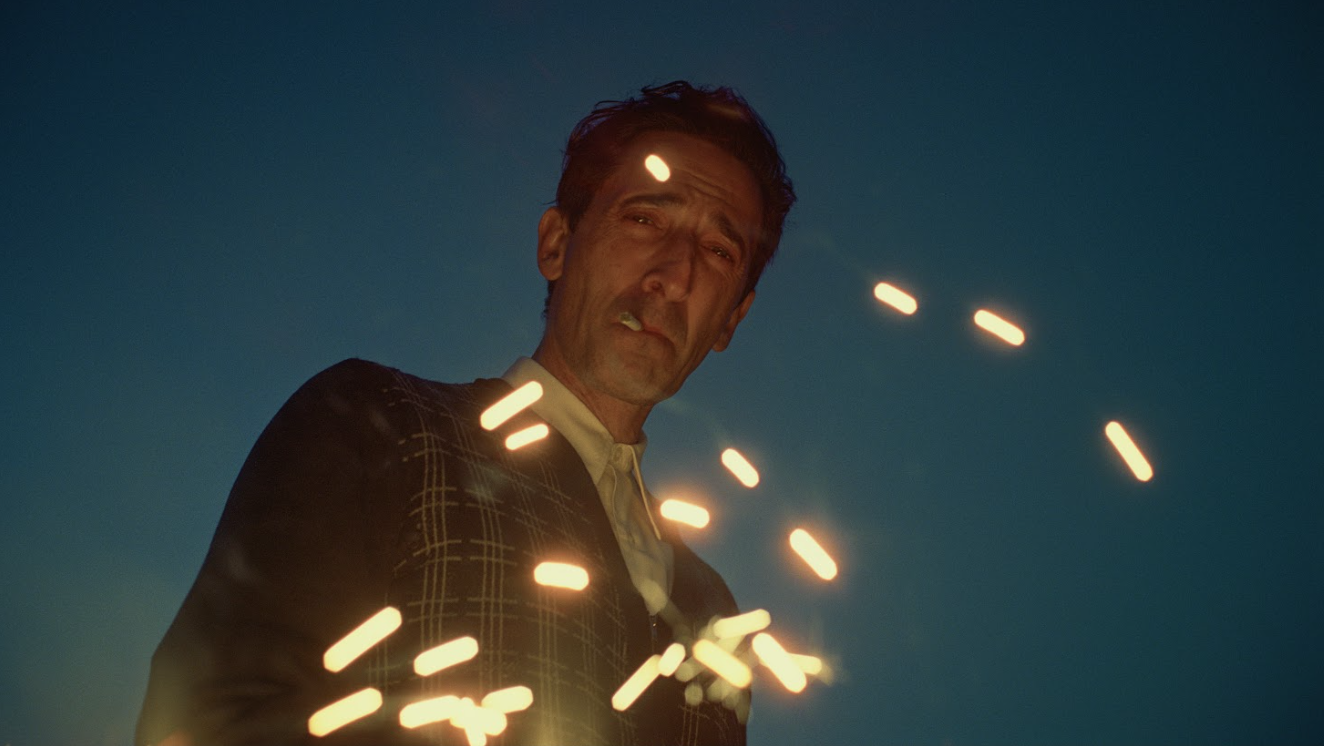
Verdict: It’s a sprawling watch that is going to take up a good chunk of time, but it’s worth it.
Also see: #review: Bridget Jones is Mad About the Boy in her farewell film



